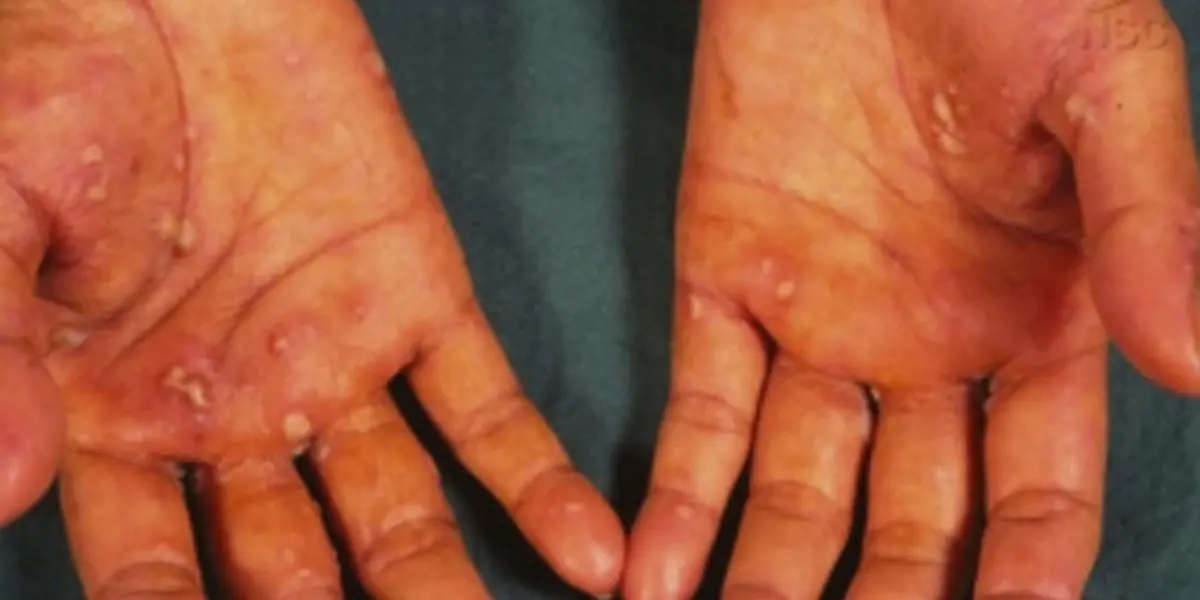Diseases hunt humans leaving us in a peril condition of life and death. In the past centuries down to the present day, uncountable numbers of humans have lost their lives in the cold hands of death due to untreatable and incurable diseases. Around the world today, you will be shocked to watch discoveries of new arising and old diseases claiming lives. This beckons for alertness!
This article will disclose a comprehensive and expensive explanation of paraneoplastic Pemphigus; a voracious life threatening illness.
What Is Paraneoplastic Pemphigus?
Paraneoplastic Pemphigus is a life threatening autoimmune mucocutaneous, blistering disease triggered by malignant neoplasm. It has been observed that patients with malignant and benign neoplasm are both at risk, malignant tumors lead to high mortality rates (near 90%).
Currently, treatment administered focuses on general wound healing and the application of corticosteroid which has not shown a high success rate. Recent conducted research focuses on treating the underlying tumor in order to suppress the symptoms of Paraneoplastic pemphigus.

What Are The Symptoms Of Paraneoplastic Pemphigus?
Patients with paraneoplastic pemphigus display the presence of lesions which is a denominator among these patients but the characteristics of the lesions are different. The five clinical presentation of lesions include:
- “Pemphigus-like”: causing blister crust over the raw exuding skin lesion.
- “Pemphigoid-like”: severe blister leading to redness of the skin or mucous membrane.
- “Erythema multiforme-like”: intense polymorphic skin and) or mucous membrane lesions.
- “Graft vs host disease-like”: widespread skin damage and infiltration with intense mucous membrane involved.
- “Lichen planus-like”: small red flat-topped scaly bumps on the skin.
The first obvious sign is the lesions of the oral cavity before the involvement of oropharynx, nasopharynx, tongue red part of the lips, conjunctiva of the eye, anogenital region and esophagus. For cutaneous lesions, it tends to follow the onset of mucosal lesions resulting in blisters that emerge in waves affecting the upper trunk, head, neck and proximal extremity.
What Causes Paraneoplastic Pemphigus?
According to various l conducted research to ascertain the cause of paraneoplastic pemphigus, the result has been unknown. However, an underlying cause was detected as the presence of tumor which shows a strong connection between the development of PNP and malignancy of the tumor.
Although it is sometimes normal for the tumor to be benign, as in the case of afflictions such as thymoma and castle man’s disease. It’s just a single patient that has met the diagnostic criteria for PNP. But they quickly give up the ghost, so this led to the conclusion that they may have had an underlying undiagnosed tumor.
The underlying tumour which had not been seen, stairs circulating and tissue bound antibodies to direct themselves against antigen in the plaken family which are located within cells structure in various levels of the skin/respiratory tract. These target antigens has been revealed through immunoprecipitation to be desmoglein-3,
desmoglein-1, envoplakin, periplakin, desmoplakin 1, desmoplakin 2, and bullous Pemphigoid antigen 1.
The exact mechanism that shows how tumors can induce autoantibodies towards the plakin protein has been left unknown.
The blistering and lesions of PNP occurs when the molecules that holds the membrane together are attached leading to improper functioning and tissue breakout
Possible Treatment Measures For Paraneoplastic Pemphigus
While PNP has no cure, there are treatments to be given that can help reduce the severe effects of PNP. The first line of treatment is the use of high doses of systemic corticosteroid and rituximab. Systemic corticosteroid has adverse effects which are sometimes frequent and severe. Rituximab is highly effective and has been used as a corticosteroid sparing agent.
Corticosteroid medications such as cortisone or prednisone helps to reduce inflammation and swelling and other drugs that will help to reduce the body’s immune response can be used as effective treatment.
Are There Survivors Of PNP?
Patients with paraneoplastic pemphigus usually have a poor prediction of survival but only very limited chances of surviving has been on record. Treatment of an underlying tumor always proves ineffective resulting in high mortality also triggered by systemic complications. The estimation of the mortality rate associated with PNP is 90%.
Read More:- How To Stop Alopecia Areata From Spreading? Causes Of Alopecia Areata
Conclusion
Even though PNP has no cure and there is a limited chance of survival, it can still be managed when detected earlier. It’s only hazardous when an underlying tumour is not detected during diagnosis which can actually lead to death.